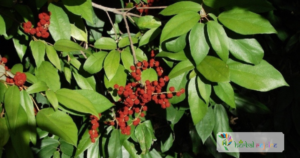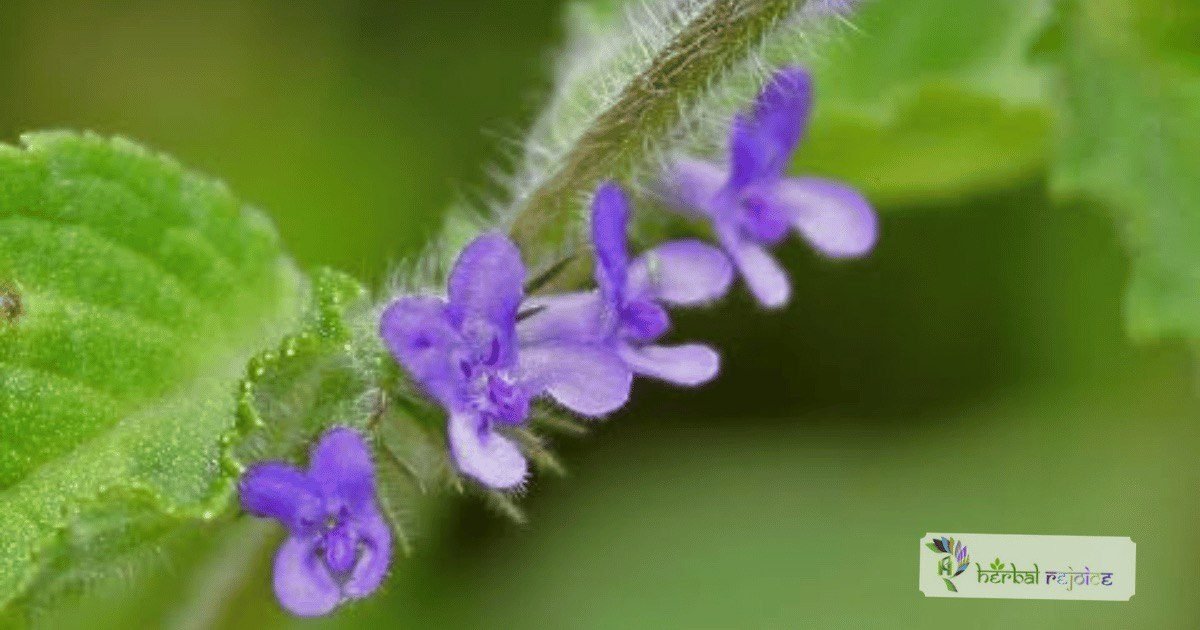Introduction
The Kamala tree, scientifically known as Mallotus philippensis Muell.-Arg., belongs to the Euphorbiaceae family. The gland and hair of the Kamala tree’s fruit have purgative, anthelmintic, and styptic properties. They have been used to treat tapeworm infestations, as well as conditions like scabies, ringworm, and herpes. The fruit of the tree is also known for its hypoglycemic, spasmolytic, and antibacterial effects.
Kamala – The Natural Dye

Names and Habitat Of Kamala
In Ayurveda, it is referred to as Kampillaka, Kampilla, Karkash, Raktaanga, Rechan, and Chandra. In Unani medicine it is known as Monkey Face tree, the Kamala tree has been traditionally used in various medicinal systems. It can be found throughout tropical regions of India.
Key Components and Benefits Of Kamala
Studies have found that the capsule hair and glands of the Kamala tree contain phloroglucinol derivatives, such as rottlerin, isorottlerin, iso-allorottlerin (known as the “red compound”), and methylene-bis-methylphloroacetophenone (known as the “yellow compound”).
These compounds have been found to have various medicinal properties.
The red powder extracted from the capsules, which consists mainly of resinous matter, has been shown to have a lithotropic effect in rats, similar to commonly used drugs for urinary calculi. Two additional compounds, kamalins 1 and 2, have also been isolated from the Kamala tree.
The stem bark of the Kamala tree contains kamaladiol 3-acetate and friedelin, which are bioactive compounds with potential therapeutic benefits.
Dosage Of Kamala
The recommended dosage for the glands and hairs of the Kamala tree’s fruit is 0.5-1.0 grams of powder.
Conclusion
In conclusion, the Kamala tree, also known as Mallotus philippensis Muell.-Arg., is a tropical tree found in India that has been used in traditional medicine for its various medicinal properties.
Its fruit, gland, and hair have purgative, anthelmintic, and styptic effects. The tree’s fruit also has hypoglycemic, spasmolytic, and antibacterial properties.
Studies have identified several bioactive compounds in the Kamala tree, including the “red compound,” kamalins 1 and 2, kamaladiol 3-acetate, and friedelin. Proper dosage guidelines should be followed when using this plant for medicinal purposes.





